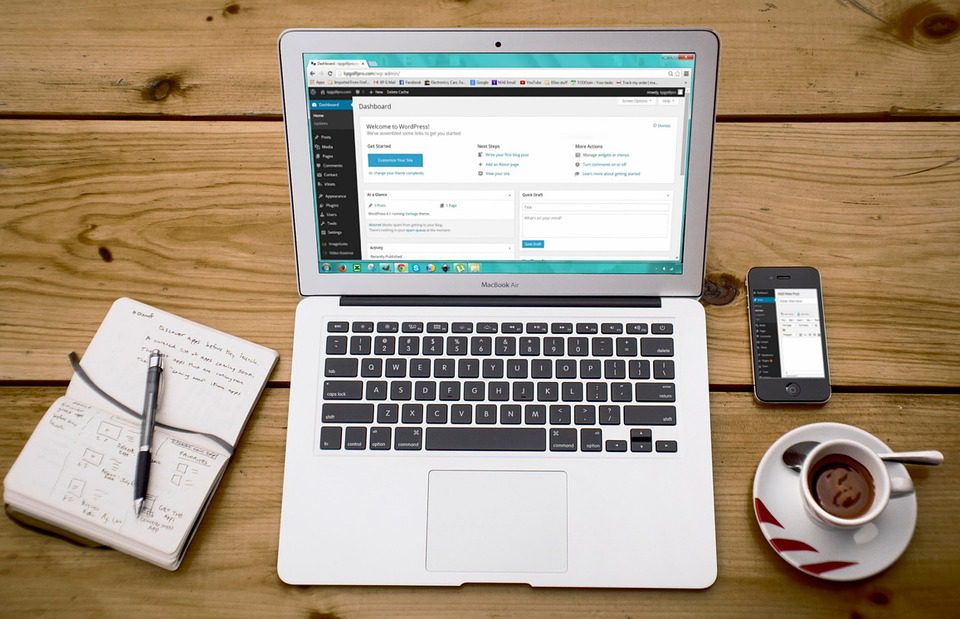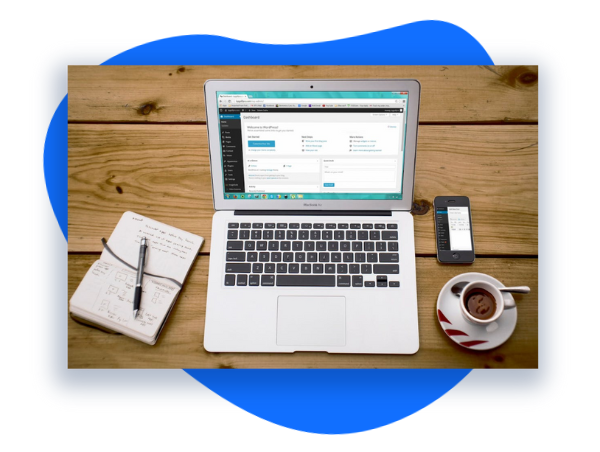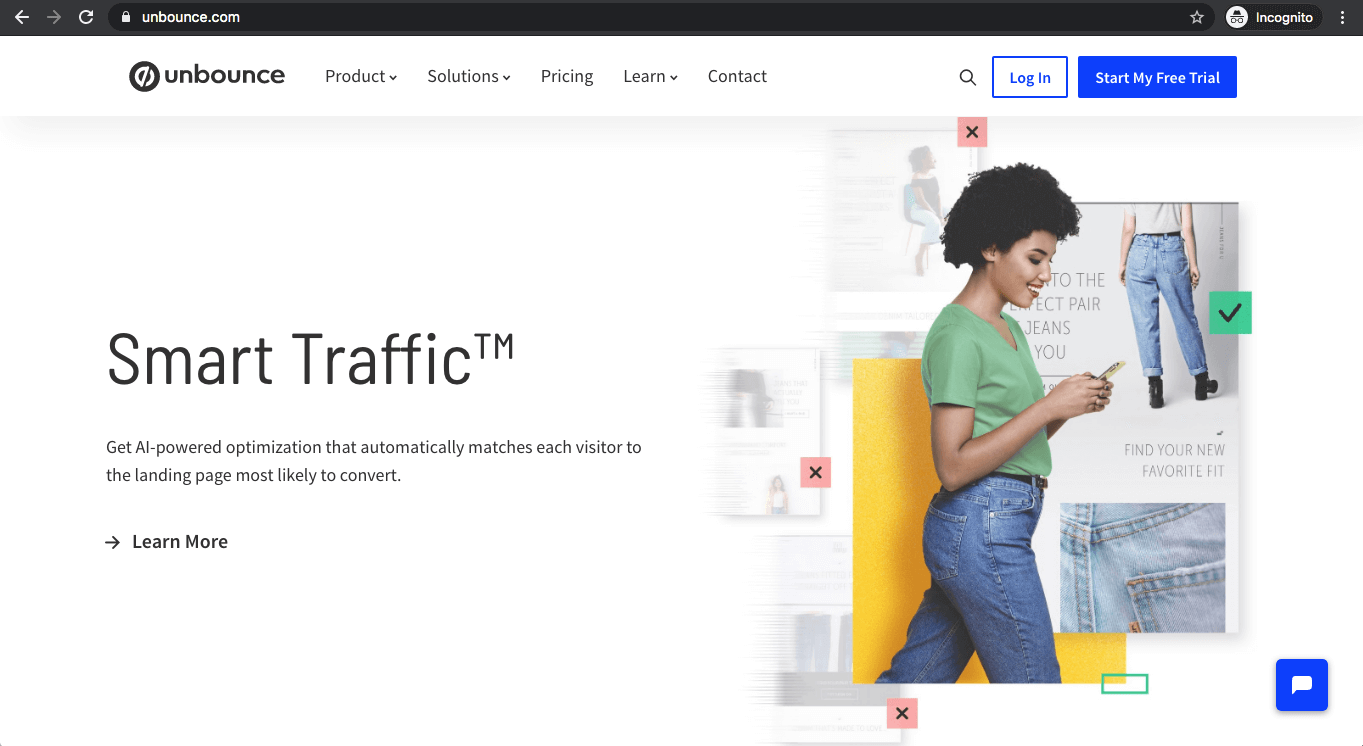With the abundance of content online the values of originality and education are of increasing importance. One of the best ways to create such content is with original data or presents existing data in a new way. Custom content that presents original, quantitative data is shared at a higher rate than other forms of content. The reason for this is simple – it’s quotable. Publications can easily create their own custom content around your information, creating a discussion based on facts rather than insights or opinions.
What holds back most companies and content producers from creating content based on original data is the assumed cost of undertaking such a campaign. The thinking is that such a task will require countless hours of research. However, what is often overlooked is the value of data that already exists from one of three sources; company generated data, user generated data, and public data. This data is typically free, or low cost, and readily available if you know where to look. Repurposing, or leveraging, data is a fantastic shortcut for generating sharable custom content.
In this post we’ll go over the basics of each of these three data sources and look at ways in which data can be transformed from the spreadsheet into a compelling narrative.
1. Company Generated Data
This is unique to each business model and industry, and depends on how much data is gathered and recorded, but the underlying idea is that there are unique insights to be gathered from data associated with everyday business. These can include customer purchases, sales increases in busy seasons, most requested services, etc.
A few examples of how this data could be applied to custom content…
Great applications of leveraged company data for custom content
2. User Generated Data
Customers or users can also provide great sources of data for relatively little cost or investment. Often times, this data is gathered through surveys, polls, interviews or discussions with the public over social media. Depending on the scale, a survey company could be utilized, or the outreach could be undertaken via internal resources.
A few examples of how this data could be applied to custom content…
Great applications of leveraged user data for custom content
3. Public Domain Data
This type of data is already existing in the public space, either through government fact books, historical facts or events, industry data, scientific studies or other readily available online data (see LinkedIn example). Since this data is being repurposed from existing knowledge, it’s important that this type of custom content maintains a clear and interesting narrative, and presents the data in a unique and visually pleasing manner.
A few examples of how this data could be applied to custom content…
Great applications of leveraged public domain data for content
Creating a Quotable Asset
The most important aspects of all the above examples is that they serve to convey data that either has not been researched before, or has not been presented in a cohesive or interesting manner. Again, originality is the key. The end goal is to be widely shared and quoted, and if the data or topic has been covered ad nauseum in the past the likelihood of this happening decreases. A significant amount of thought should be given to presenting your unique findings in a way that piques the interest of publishers looking for new ways of talking about topics they cover on a regular basis.
Properly applied these three sources of data – company generated, user generated and public domain – can be leveraged to great effect, making an excellent centerpiece to a custom content marketing campaign.











